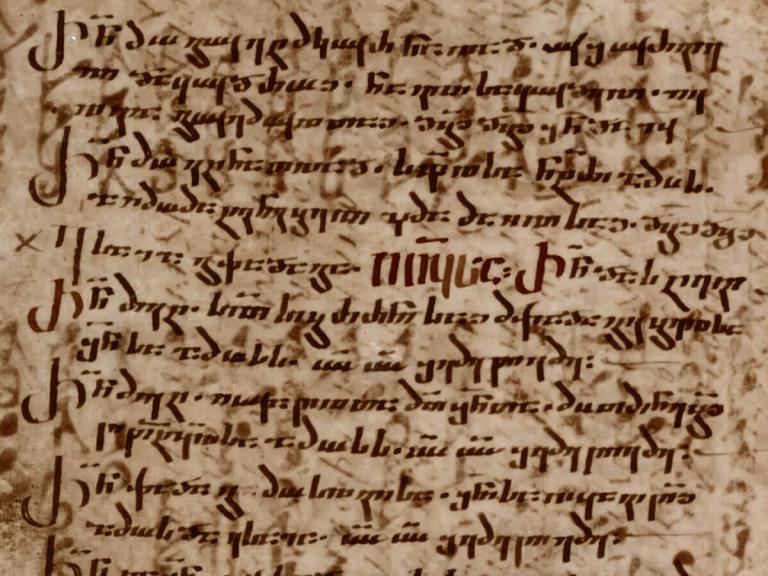
Medievalist Grigory Kessel of the Austrian Academy of Sciences (OeAW or Österreichische Akademie der Wissenschaften) revealed the discovery of a Syriac translation of a fragment of the New Testament in a study released last month. According to the study, the discovery was part of a “double palimpsest,” or a manuscript that has been reused, in this case, under two layers. Due to the scarcity of parchment, scribes would erase manuscripts and reuse the parchment. Kessel discovered the erased portion through ultraviolet photography. According to Kessel, scholars were first aware of the parchment in 1953 but that it had been lost and then rediscovered in 2010. It was later digitized into the Digital Vatican Library. As for dating the manuscript, Kessel writes, “Despite a limited number of dated manuscripts from this period, comparison with dated Syriac manuscripts allows us to narrow down a possible time frame to the first half of the sixth century.”
The finding is significant because prior to the discovery, there were only two-known translations of the Bible in Old Syriac. Director of the Institute for Medieval Research at the OeAW, Claudia Rapp, praised the find saying, “Grigory Kessel has made a great discovery thanks to his profound knowledge of old Syriac texts and script characteristics. This discovery proves how productive and important the interplay between modern digital technologies and basic research can be when dealing with medieval manuscripts.”
The Syriac Bible was known as the Peshitta (simple), so-called due to the fact that it did not include any interpretive expansions. Syriac was the language used in churches in Syria, Iraq, and Iran from the 1st century until the Middle Ages. It was a dialect of Eastern Aramaic, the language of Jesus, and bears many similarities to Hebrew, although it does have its own characters. A small number of scholars, in what is called “Peshitta Primacy,” have even posited that at least one, if not all, of the four Gospels, was originally written in Aramaic dialect and not in Greek, the general consensus amongst scholars. Other scholars have noted that the dialect used in the Syriac Bible that dates from a time period later than Jesus and his disciples, making it impossible for the original Gospels to have been written in Aramaic. A copy of the 4 Gospels in Old Syriac, called the Curetonianus, dates from the 5th century.
Kessel did reveal some differences in the texts from Matthew 12:1. “While the original Greek of Matthew chapter 12, verse 1 says: ‘At that time Jesus went through the grainfields on the Sabbath, and his disciples became hungry and began to pick the heads of grain and eat,’ the Syriac translation says: ‘[…] began to pick the heads of grain, rub them in their hands, and eat them,” the report stated. The report ended with the hope that there would be discoveries of more fragments for further research.


